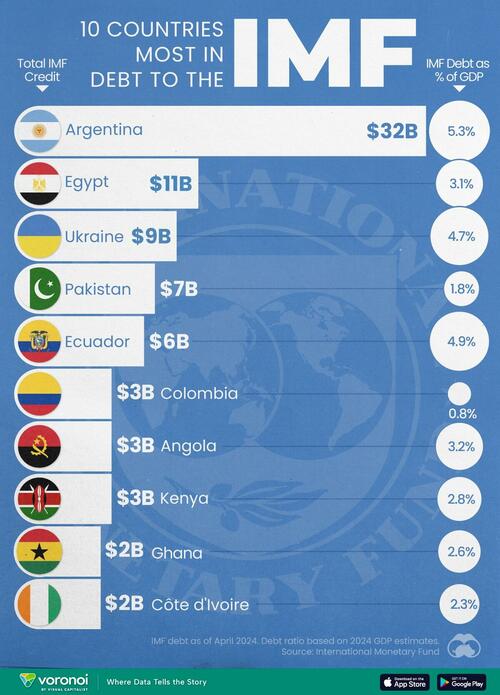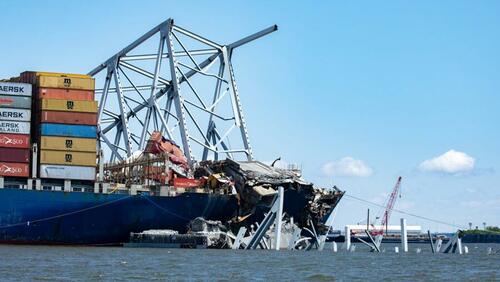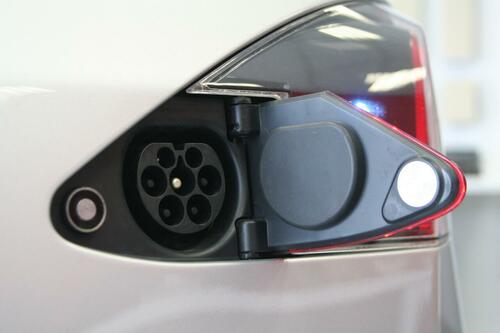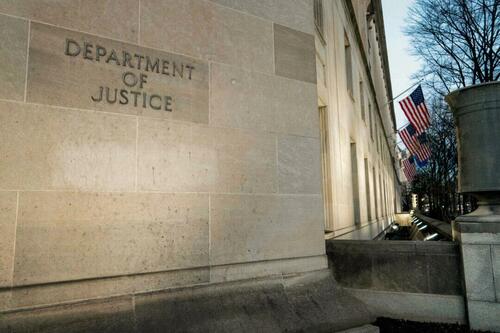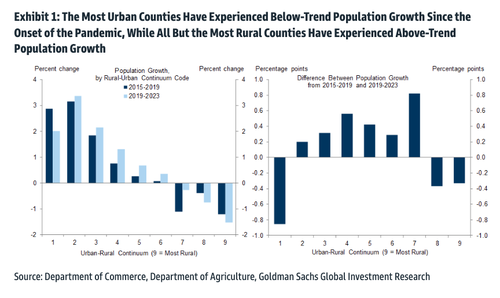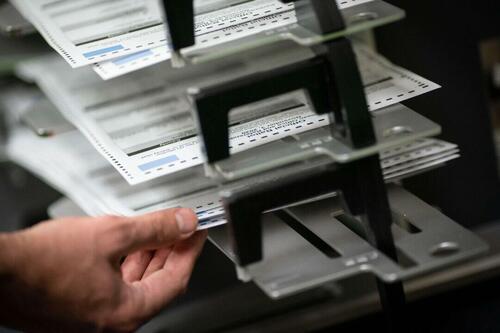Trump Says He Believes A ‘Great Silent Majority’ Will Vote For Him In November
Authored by Jack Phillips via The Epoch Times (emphasis ours),
Former President Donald Trump on Wednesday said he believes he has a “great silent majority” who will vote for him during the 2024 election.
While speaking to radio host Hugh Hewitt, the former president claimed that he may have the “biggest ever” silent majority, using a term that was popularized by former President Richard Nixon in 1969. He then made reference to the relatively large crowd turnout during last weekend’s rally in Wildwood, New Jersey.
“I have a great silent majority … the term was very, very powerfully associated with Nixon, and I didn’t want to be copying the term actually, so it’s the great silent majority,” President Trump said, adding that he believes that 107,000 people attended the Wildwood rally. The Epoch Times could not immediately authenticate that figure.
The former president in 2020 made similar claims about a silent majority turning out in droves for him during that year’s election. But the term was famously used by President Nixon to refer to conservative voters who did not participate in the current political discourse at the time, later resurfacing in the campaigns of former President Ronald Reagan in the 1980s.
In his interview with Mr. Hewitt, the former president said that he believes inflation may cause some voters to cast ballots in favor of him, coming after the Labor Department released figures Wednesday showing that the consumer price index slightly eased in April.
“It’s a lot of inflation when added to the inflation that we’ve suffered that’s been so bad,” President Trump said, likely referring to years of rising prices since the middle of the COVID-19 pandemic. “It’s got to come down much more. That’s a lot of inflation, their number they announced.”
The former president’s remarks on Wednesday come as a recent poll from Siena College shows that President Joe Biden is trialing the former president in five of six battleground states.
President Trump, notably, is ahead by 6 percentage points in Arizona, 11 points in Georgia, and 13 points in Nevada, the survey revealed. He’s ahead about 3 points in Pennsylvania and 1 point in Wisconsin, while is down by 1 point to President Biden in Michigan. In the 2020 election, races were called for President Biden in all of those states mentioned in the Siena College survey.
In a Wall Street Journal poll conducted in April, President Trump garnered a lead of between 2 and 8 percentage points among voters in Pennsylvania, Michigan, Arizona, Georgia, Nevada, and North Carolina on a ballot that included third-party and independent candidates. The results were similar in a one-on-one matchup with President Biden, it said.
The former president also was viewed as having better physical and mental fitness for the job by 48 percent of respondents, compared to 28 percent for President Biden, the poll showed.
Meanwhile, a recent Reuters-Ipsos poll showed that more Americans believe President Trump would handle the economy better than President Biden. Some 41 percent of respondents in the three-day poll said the former president has the better approach, compared to 34 percent for the current president.
Debate Announcement
On Wednesday, President Biden said in an announcement that he would agree to two debates with President Trump ahead of the 2024 election, holding one in June and another in September.
“I’ve also received and accepted an invitation to a debate hosted by ABC on Tuesday, September 10th,“ the president said on X. ”Trump says he’ll arrange his own transportation. I’ll bring my plane, too. I plan on keeping it for another four years.”
The former president wrote that he accepted his invitation.
“It is my great honor to accept the CNN Debate against Crooked Joe Biden,” President Trump said on Truth Social. “Likewise, I accept the ABC News Debate against Crooked Joe on September 10th,” he added.
In a separate post, he also pushed for a debate to be held on Fox News, which he said could take place on Oct. 2, or about a month from the election.
Robert F. Kennedy Jr., a third-party candidate, suggested on social media after the announcement that he might be excluded from the debate “because they are afraid I would win.”
President Trump, who did not debate his rivals during the Republican nominating race before they all dropped out, has in recent weeks been challenging President Biden to a one-on-one matchup with him, arguing that debates should be held before early voting begins in some states. He also told Mr. Hewitt the debate should be two hours long and that both men should be required to stand.
Wednesdays are a day off for President Trump during his ongoing New York trial, where he is accused of falsifying business records to cover up payments to a woman to keep silent about an alleged affair. He has denied her claims and pleaded not guilty, saying it’s an attempt to harm his 2024 presidential campaign.
The trial is expected to last about two more weeks.
Tyler Durden
Thu, 05/16/2024 – 21:30
via ZeroHedge News https://ift.tt/ojh5Ilw Tyler Durden

